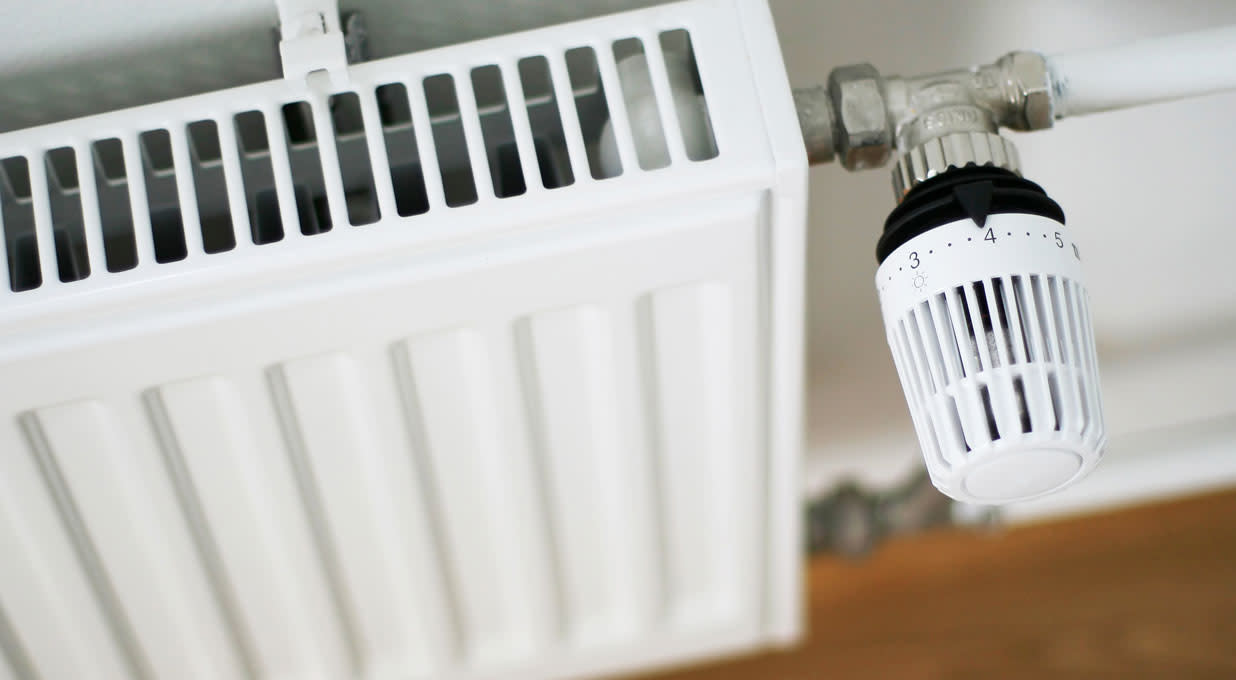SSE’s first-quarter trading statement revealed that performance is moving along in line with group expectations.
Renewables output in the period was up 60% year-on-year, reflecting the benefit of more normalised weather conditions and increased capacity coming online.
CEO Barry O’Regan said that the group remains “on track” to meet 2027 growth targets, which call for underlying earnings per share (EPS) to grow from 158.5p to between 175-200p.
The shares were broadly flat following the announcement.
Our view
SSE’s trading update showed that the group powered along nicely in the first quarter. Energy from renewables shot up in the period, after unhelpful weather last year made for some easy comparable numbers.
Efforts to transition to a renewable energy powerhouse have continued at pace, with a large chunk of the group’s £2.5bn worth of investments last year being directed towards greener assets. Investment is expected to jump to over £3bn this year as the speed of project completion ramps up.
Turbo-charging focus to renewables is a bold and admirable move. But the shift comes with a hefty dose of risk - they're not always reliable. To some degree, it's at the mercy of mother nature.
That’s why more flexible gas-fired plants are still part of the energy mix. They complement the renewables segment well and are on hand to plug any shortfalls in energy output when adverse weather comes along.
On the regulated networks side of things, SSE delivers electricity across Scotland and Southern England. This is classic utility territory - with revenues predictable and profits closely regulated. A portion of these regulated revenues are positively related to investment levels, and are also protected against inflation. However, the additional return isn't received until sometime after the service has been delivered and investment has been made, which can cause a drag on cash flows in the meantime.
So, in a bid to free up cash for growth and further investment, the group rebased its dividend to 60p, down from 96.7p in the prior year. This is a stark reminder that dividends are variable and not guaranteed.
The group’s investment plans look achievable in our eyes but they're set to stretch the balance sheet, with the ratio of net debt to cash profits (EBITDA) likely to rise from 3.0x to between 3.5-4x in the medium term. While a moderate amount of debt isn't a bad thing, especially for a business with such reliable revenues, it does add pressure to keep delivering.
There are external threats as well. Regulatory challenges loom, particularly as high energy prices compound cost-of-living pressures. Many areas of SSE's business benefit from these high prices, as well as increased price volatility. But with market conditions seemingly less turbulent this year, other areas of the business will have to step up to pay the investment bill.
Although the valuation’s increased in recent months, it’s still below the long-run average. And at just 11.1 times this year’s expected earnings, it doesn’t look too demanding in our eyes. We’re optimistic about the group’s long-term prospects, but in the near-to-medium term, volatility should be expected as SSE makes these transitions.
Environmental, social and governance (ESG) risk
The utilities industry is high-risk in terms of ESG, with European firms managing them better than others. Environmental risks like carbon emissions, resource use and non-carbon emissions and spills tend to be the most significant risks for this industry. Employee health & safety and community relations are also key risks to monitor.
According to Sustainalytics, United Utilities’ management of ESG risk is strong.
In 2023, it was a lead performer in preventing pollution incidents, with the lowest number of incidents relative to peers per 10,000km of sewers. However, United Utilities’ ageing infrastructure means it’s exposed to climate impacts such as heavy rainfall and flooding. It has also been implicated in occasional drinking water contamination issues and some releases of untreated sewage, resulting in an ongoing investigation by regulators.
SSE key facts
All ratios are sourced from Refinitiv, based on previous day’s closing values. Please remember yields are variable and not a reliable indicator of future income. Keep in mind key figures shouldn’t be looked at on their own – it’s important to understand the big picture.
This article is not advice or a recommendation to buy, sell or hold any investment.No view is given on the present or future value or price of any investment, and investors should form their own view on any proposed investment.This article has not been prepared in accordance with legal requirements designed to promote the independence of investment research and is considered a marketing communication.Non - independent research is not subject to FCA rules prohibiting dealing ahead of research, however HL has put controls in place(including dealing restrictions, physical and information barriers) to manage potential conflicts of interest presented by such dealing.Please see our full non - independent research disclosure for more information.


